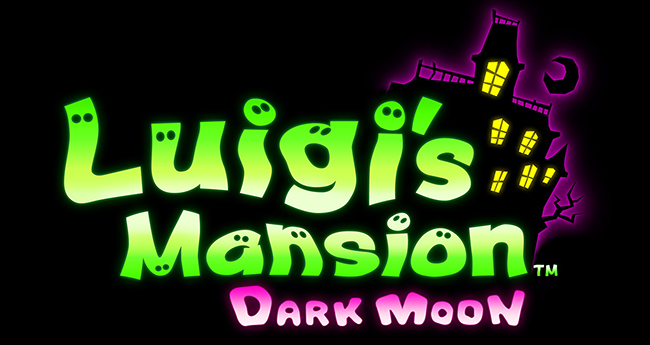



World of Warcraft has gone free-to-play. Sort of.
If you woke up this morning with the urge to read about Blizzard's new game-trial system, you might have seen a news article posted on this and many other websites. World of Warcraft has picked up a torch that's been carried by countless other MMOs as of late: they're giving free, subscription-less access to players for the first 20 levels of their character.
World of Warcraft - immovable top dog of the genre - has traditionally taken an incisive stance on its own business model. Last year we interviewed the game's designer, Dave Kosak. In response to whether the team would ever dabble in other subscription models, Kosak replied matter-of-factly: "We have over 12 million subscribers, so I think our business model is working pretty well for us."
Unlike other games that dabble with F2P, WoW has maintained a community of over 12 million subscribers based entirely on its standard subscription model. Recently though, it's seemed as if the infinite rise of its user base has hit some form of ceiling. Earlier in the year Blizzard reported its numbers had dropped a fraction from the 12 million subscriber sweet spot to 11.4 million; rumours linked this dip to the success of rival MMO Rift, and perhaps to user dissatisfaction following the game's most recent expansion.
It's not clear whether this hiccup has directly prompted Blizzard to re-examine its game trial system. But if you're reading the new offer as a victory for those who want more free-to-play models in triple-A MMO titles, think again. Despite now allowing players to level characters to 20 without charge, the new system is virtually unchanged from Blizzard's previous 10-day free trial.
Consider this: Both the new system and the Classic Trial Account feature the same limitations:
Furthermore, the new system also adds a restriction on RealID features, which are now disabled.

Typically F2P and micro-transaction-based schemes have been the realm of MMOs trying to find ways of bypassing WoW's stranglehold on the market. And it's proven relatively successful. Lord of the Rings Online was initially conceived as a monthly subscription title before it turned fully freemium, threw in a micro-transaction system, and tripled its revenue. Guild Wars also differentiated itself from WoW after ex-Blizzard designers left to form their own studio, creating a game that only required users to buy the initial software.
But in WoW's case, both systems new and old are bloated with stipulations, most of which are aimed at making it more difficult for spammers and gold farmers to abuse them. This means the primary difference for WoW's users is largely the stuff of fine print.
The original 10-day system required users to play regularly for a week if they were looking to make the most of the trial. Now you can dip in as you like all the way up to level 20, a marker that is indeed possible to meet within 10 days.
Despite free MMOs increasingly seeming like a thinking-outside-the-box alternative within the genre, WoW's latest experiment will have little effect on the state of free-to-play games, and says nothing of the state of Blizzard's traditionally-styled business model. The system might sound like the studio is turning a new leaf in terms of how it approaches the changing market, but in reality it's the same big, old tree.



